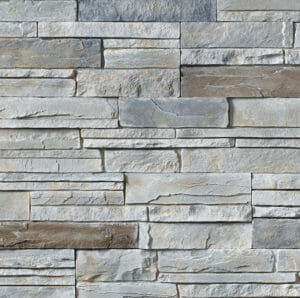An Introduction to Porcelain, Ceramic, and Stone Tiles

 All types of tiles with their myriad colors and designs sparkle on floors, walls, courtyards, and other open surfaces. Moreover, they tend to last a long time and are generally weather proof. They are easy to maintain also and a suitable wipe with a damp cloth is enough to kept them gleaming all the time. Tiles are generally of three types:
All types of tiles with their myriad colors and designs sparkle on floors, walls, courtyards, and other open surfaces. Moreover, they tend to last a long time and are generally weather proof. They are easy to maintain also and a suitable wipe with a damp cloth is enough to kept them gleaming all the time. Tiles are generally of three types:
· – Porcelain
· – Ceramic
· – Natural stone
Porcelain tile: The evolution of the porcelain tile not only heralded a revolution in ceramics but soon caught public fancy and is definitely here to stay. This was a product of modern tile making technology and introduced the processes of polishing and glazing techniques, which increased their lifespan considerably. The porcelain tile happens to be very hard and comes with a ceramic covering.
It is a hard-pressed material with an absorption rate of 0.5% or even less. The hardening happens through heat treatment at 1,220°C and higher compacting pressures used in manufacturing traditional ceramics tiles. It has substantial mechanical resistance to deal with rupturing from a load and also to resist the act of bending up to an impressive point.
Moreover, it is also highly resistant to scratches, stains, abrasions, thermal shock, freezing, humidity-induced expansion, and friction. Ideal for interior walls, bathrooms, and spaces such as operating rooms of hospitals and laboratories where maintaining sterility is paramount.
Ceramic tile: Made from a concoction of different types of clay as also numerous other natural materials. These special clays are extracted from the ground first and then shaped and sized. Following this, color is added and then these are fired in special tile making kilns.
Conventional ceramic tiles are naturally colored. For instance, terracotta is left unglazed. Alternatively, they can be colored or may also have designed surfaces. These are usually glazed and hit the market with a matte or high gloss finish. A larger part of ceramic tiles either have a red or white color beneath the colored, designed, or glazed top layer. Ideal for internal walls and table tops
Natural stone: The oldest building material known to man, natural stone 
 is perhaps the most sustainable among natural materials for making tiles. These are extracted from the earth and cut according to size and requirement.
is perhaps the most sustainable among natural materials for making tiles. These are extracted from the earth and cut according to size and requirement.
However, natural stone is more porous, has greater absorption, and stains easily. It is moreover, difficult to cut and shape because of its hardness and weight, also making its transportation more expensive freight wise. The process of stone laying is also expensive and it’s more prone to scratches and marks. Its eco-destructive properties are an additional disadvantage. Stone is used widely in the exteriors of buildings, paving sidewalks, and courtyards, and other outdoor spaces. It also makes sterling kitchen table tops.
Among the three, porcelain tiles lead because they are most resistant to decay, easier to cut and lay, and cheaper to transport. In case you want a better understanding of the concept, visit the website of City Tile – citytile.ca – a leading seller of these products. It will open up a whole new world of tiles to you with its wide range of products to suit all styles, preferences, and budgets.
We know this arena! Call us today!